 |
| Planing the back brace |
I don't feel that I was terribly productive today, so naturally I chose to take a break from sanding back braces to write about it. The majority of my morning was spent attempting to inlay the tiny strips of wood that surround the soundhole. When working on my first EJ Henderson guitar, I came up with an idea of inlaying the same material that is used for the strip that intersects the two panels of the guitar back into the soundhole space. I enjoy the idea of matching, and the designs of backstrips are typically ornate and aesthetically appealing.
I took a few minutes to ponder whether the blowtorch I clamped to the oblong pipe would remain in place or if it would instead come lose from the huge orange clamp that takes both of my hands to open and set fire to the entire shop including, I am sure, my eyebrows, clothing, appendages, etc. I decided it was probably safe enough to start bending the backstrip material as I poked at the apparatus a couple of times to no significant movement.
The pattern I chose has a lot of small pieces sandwiched between a few solid strips of black and white wood. The problem with using this type of material is that it is difficult to keep it from breaking and scorching your fingers along the way. Needless to say, I might have broken a few, used a little profanity, and cooked a few fingers. Eventually though, I did end up getting the strip bent to perfectly fit in the space that I had cut for it the previous evening.
 |
| Finally inlaid the soundhole! |
That was just step one. Much more profanity to come. I was so proud after fitting the large strip along with the two smaller accompanying strips into the routed space and expected the same outcome after I added glue. That turned out to be an incorrect assumption. When you add wood glue to a perfectly fitted cluster of wood, it expands, causing immense frustration and angry mumbling, the likes of Joe Pesci's character in Home Alone.
After removing the strips, rebending new material, and scraping out all the glue from the routed space, I managed to successfully inlay the strips around the soundhole. But it took maybe 4 hours.
This afternoon, an engraver visited the shop. Ol' Wayne looked like a kid on Christmas; perhaps like that end scene in Home Alone, if you will. He, as expected, was incredibly good at it, easily carving elegant curves into the "practice metal". Charlie, the professional engraver, told him that he was a natural.
 |
| Engraving by Charlie |
I was invited to come over and engrave a J, so taking a break from shaping the brace that runs along the back of my guitar, I went over to use the engraver tool that looked to me like a mini jackhammer. Same piercing, eye-twitching noise and all. It has a cute little footpedal that runs the power though, and was thinking, I am going to dominate at this. Watch out folks. Again, incorrect assumption. My dad and Charlie made it look so simple, jackhammering pretty curls all over the place. After gauging out a few unfortunate holes, I promptly gave up and returned to my brace. Enlightening day over all, but a fellow brought 6 bottles of wine from his winery and I told him that, of course I would help him out and taste test the new batch for him. So, perhaps no more machines for me tonight...
 |
| Charlie and Wayne preparing for an engraving lesson. |
